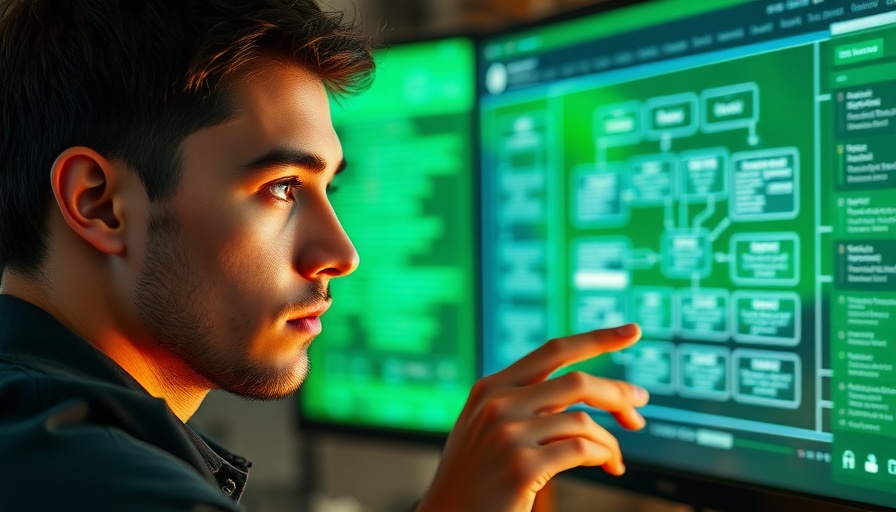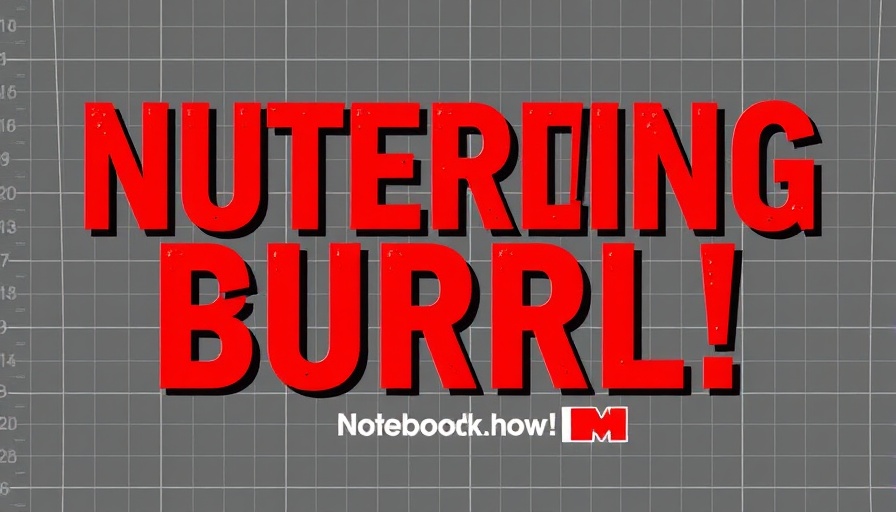
Automating Ads: The Future of Marketing
In a world where attention spans are shrinking and competition is fierce, the way businesses approach advertising must evolve. The integration of artificial intelligence (AI) into the marketing sphere allows businesses to automate and streamline their ad creation process. Recent advancements, such as the collaboration between Veo 3 and N8N, offer a compelling glimpse into the future of automated advertising.
In 'I Automated Long Form Video Ads with Veo 3 + N8N!', the discussion dives into the innovative process of automating ad creation, and we’re breaking down its key ideas while adding our own perspective.
Effortless Creativity with AI Workflows
The recent demonstration of an N8N workflow with Veo 3 showcases how businesses can automate their ad campaigns scene by scene. By simply inputting details about their services—like offering a free SEO strategy session—users can have an entire ad generated without breaking a sweat. This is achieved through expertly programmed workflows that allow for creative outputs without requiring extensive technical knowledge.
Once you specify what you're looking to promote, the automation dives deep into generating characters, settings, and scripts tailored to your marketing needs. For instance, a business promoting pet food can quickly generate ads starring a relatable character, potentially giving rise to higher audience engagement.
Cost Efficiency: A Game Changer for Small Businesses
The economic advantages of using an automated ad generation system cannot be overstated. Traditional methods of hiring marketing agencies can cost thousands, but leveraging AI tools can significantly reduce expenses. As highlighted in the tutorial, using Google Flow with Veo 3 is a more budget-friendly option. Instead of spending around $200 per month for generative capabilities, businesses can produce videos at a fraction of the cost—between $3 and $6 per video—by utilizing efficient AI tools.
Character and Script Generation: Personalization at Scale
To create effective advertisements, personalization is key. The described automation system goes a step further by enabling users to create dynamic characters using AI prompts. This means that each time an ad is generated, the character can vary, keeping content fresh and engaging. Furthermore, the script adapts to the unique tone and audience of the buWhen developing your ads, establishing a character is essential to better connect with your targeted demographic.
However, a subtle caution must be noted regarding character congruency. While the AI-generated characters can effectively encapsulate a persona, maintaining consistency across ads might require additional human oversight.
Future Predictions: Automation as a Fundamental Business Tool
As we look forward, the tools showcased—in particular the blend of Veo 3 and N8N—could revolutionize how businesses approach advertising. Predictions suggest that as AI continues to integrate into everyday business processes, we're likely to see a sharp increase in the number of companies adopting these automation strategies. For small businesses, this could mean not only survival but thriving in competitive markets by understanding and leveraging their unique selling points with customized ads.
Conclusion: The Path Ahead
As we explore the capabilities of automated advertising, tools like Veo 3 and N8N are setting the stage for exciting innovations in marketing. For businesses committed to adapting to changing landscapes, these technologies present an unprecedented opportunity to optimize advertising processes economically and creatively. With guidance and support from communities focusing on automation, entrepreneurs can harness this technology to connect with their audiences effectively.
 Add Row
Add Row  Add
Add 




Write A Comment